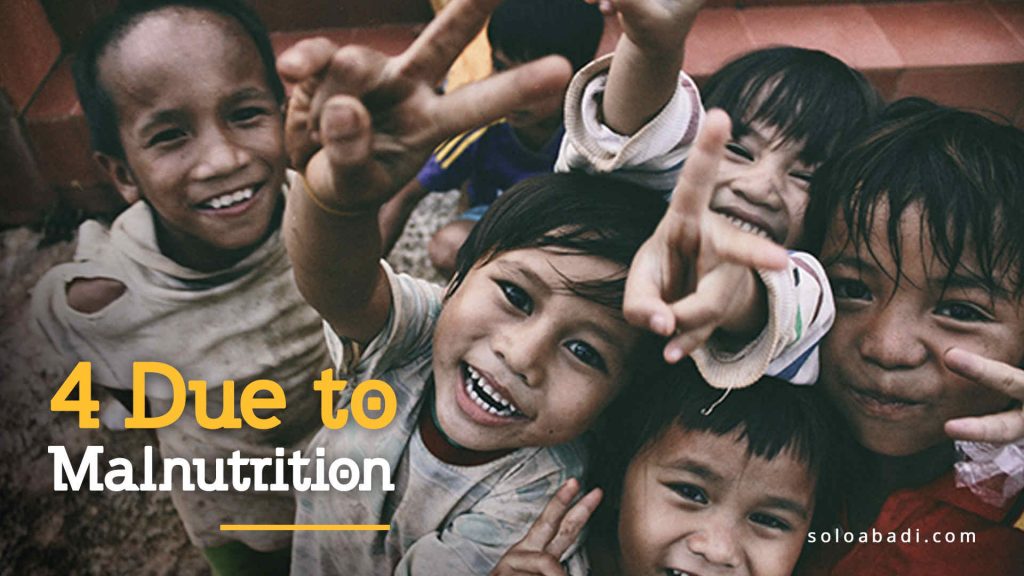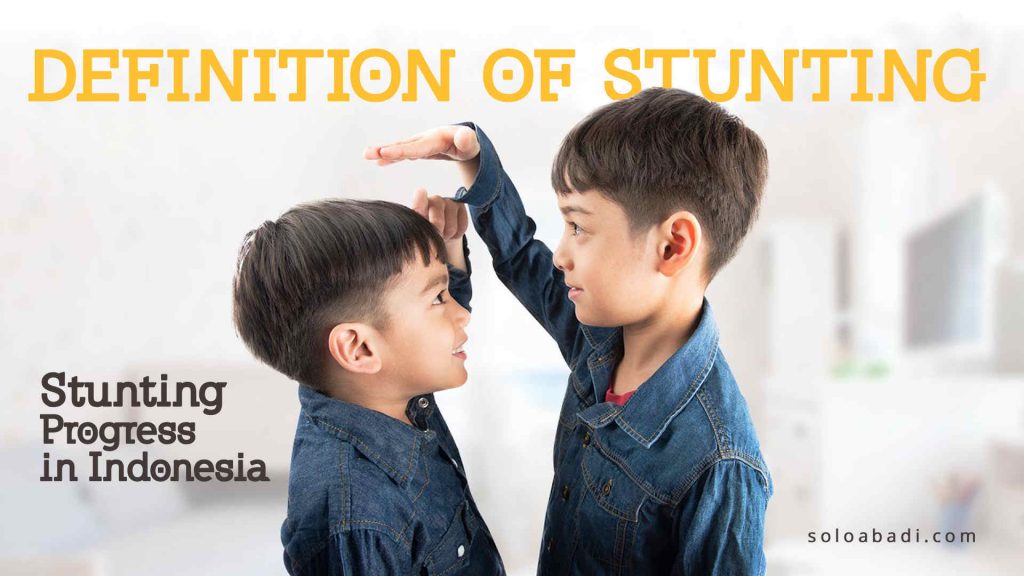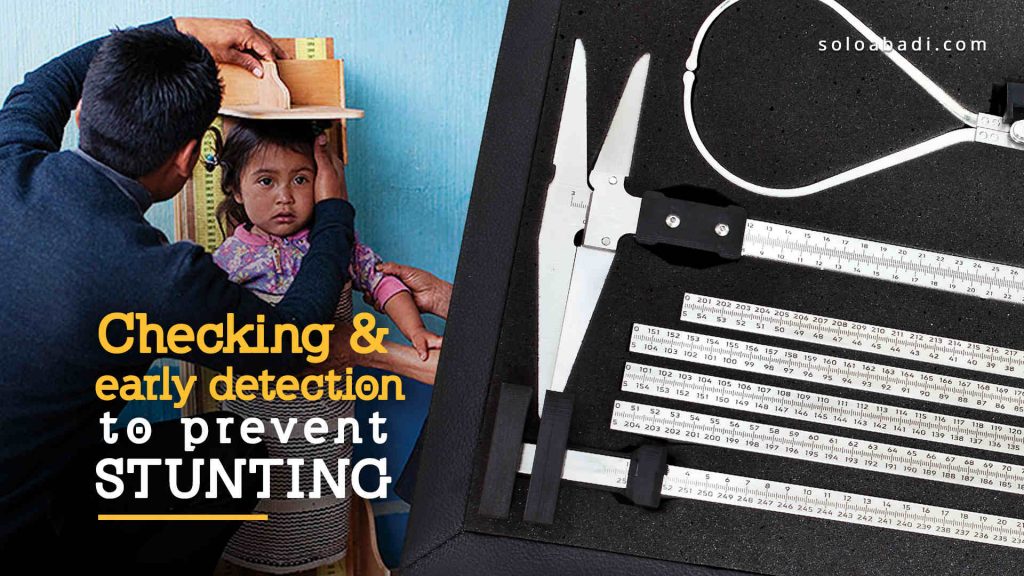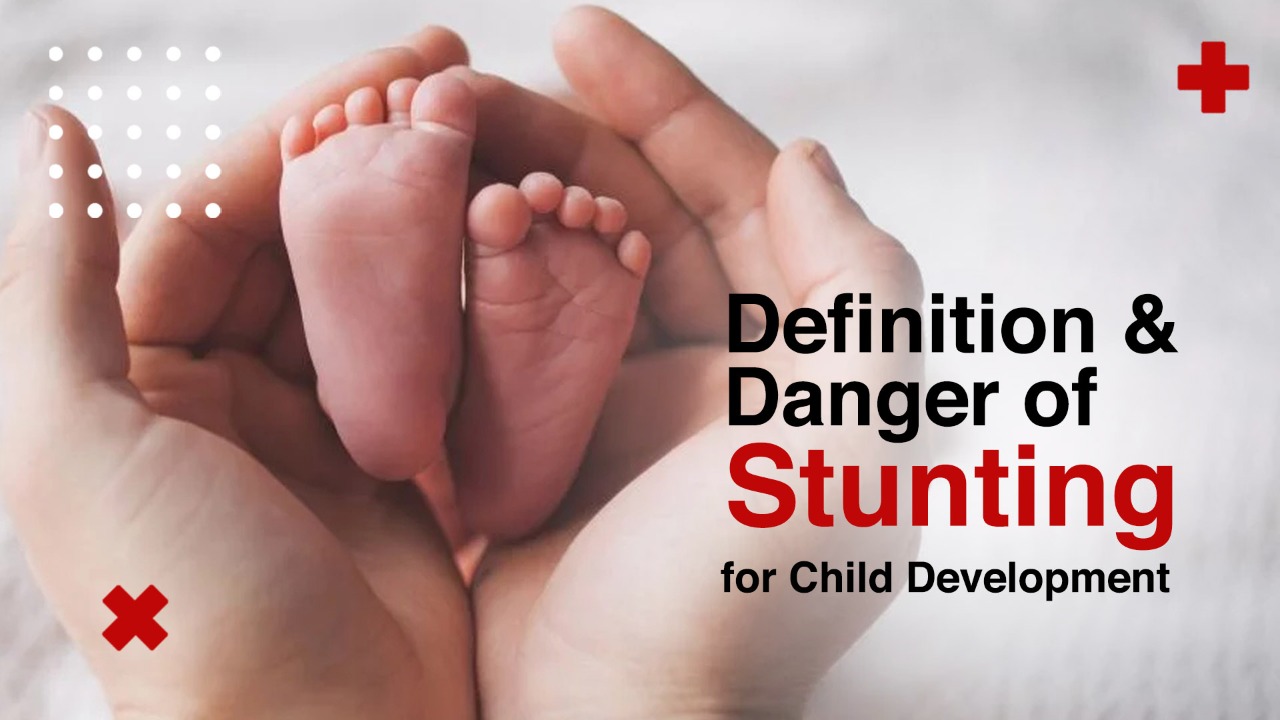Malnutrition is one of the problems that occur in developing countries in the world. Malnutrition is a condition when the adequacy of nutrition that should be obtained by the community is far from normal levels. Malnutrition can also be interpreted as malnutrition.
Reporting from research by the World Health Organization (WHO). Currently, in the world, almost half of all deaths in children under 5 are caused by malnutrition. Malnutrition causes children to have a greater risk of dying from infection.
At present, the world is still undergoing a very high risk of malnutrition. Malnutrition becomes an important benchmark to determine the extent of world progress. Some sources state that estimates of child malnutrition will help determine whether the world is on the right track to achieve sustainable development goals namely to end hunger, achieve food security and improve nutrition, and promote sustainable agriculture.
And if there is a nutritional deficiency in the world, it means that the progress of a country is a matter that still needs to be questioned and certainly improved.

In the existing study, there are 4 types of effects caused by malnutrition specifically:
1. Wasting, a condition of being underweight at a certain height.
2. Stunting, a condition of lack of height at a certain age.
3. Underweight conditions at a certain age,
4. Lack of body vitamins and minerals.
Definition of Stunting and Stunting Development in Indonesia
In this article, we would like to discuss one of the consequences of nutritional disorders that exist and are rife in Indonesia, namely stunting. Stunting itself is one of the indications or conditions that arise due to malnutrition in the human body. According to the World Health Organization (WHO), stunting occurs when a child fails to grow properly according to his age. A child is stunted when growth is slower than normal levels, as determined by WHO child growth standards. As a result, a stunted child is too short for his age.

In Indonesia, stunting is a problem due to malnutrition. At present, the Ministry of Health and several Health Offices are making stunting an important study for the Indonesian people. To realize this, the government set stunting as one of the priority programs.
Detect and Prevent Several Parties
Based on the Regulation of the Minister of Health No. 39 of 2016 concerning Guidelines for the Implementation of the Healthy Indonesia Program with the Family Approach, efforts are taken to reduce the prevalence of stunting in Indonesia are to detect and prevent several parties, particularly:
1. Pregnant and Maternity Women
2. Toddler
3. Early Childhood
4. Teenagers
5. Young Adults
Besides, stunting is caused by multi-factors and not only due to malnutrition factors experienced by Pregnant and Toddler Children. Stunting occurs when the child is still in the cage until he reaches the age of 2 years. In addition, several factors that cause stunting are nutritional status, environmental factors, genetic factors and etc.
Dangers of Stunting in Children
According to a report from Indonesia’s Millennium Challenge Account (MCA), stunting affects the body to be shorter than the height it should be. Also, there are some consequences of stunting, especially:

1. Malnutrition at an early age also increases infant and child mortality
2. Causing easy infection and pain
3. Maximum body posture when mature
4. Reduced cognitive abilities
If stunting is becoming more and more difficult to cure, this will have an impact on long-term economic losses for Indonesia. Therefore, the handling of stunting becomes an important and urgent thing to do. One way that can be done is to do early detection of children and also checking regularly.
Conduct Analyses or Early Detection to Prevent Stunting
Measurements used in measuring stunting are called anthropometric measurements. As some people know, anthropometric measurements are a measurement way used to measure the dimensions of the human body. Then the question may arise, how can an anthropometric measurement affect or help to the early detection of stunting?

Anthropometric measurements become one of the important benchmarks in understanding stunting because by measuring the human body regularly, we can analyze, compare and evaluate the growth and development of children. For example, body height measurements carried out every 6 months will be used to monitor whether growth occurs accordingly. Because of course, good growth is related to nutritional needs that are obtained. Are these nutrients the following needs?
Measuring instruments used in detecting stunting themselves one of them by using anthropometry or anthropometry kits. The anthropometry kit usually consists of several tools used to measure the anthropometry of the human body. One of the most commonly used tools is the anthropometer.

Anthropometers usually consists of several tubes that are used in an arranged manner to measure parts of the human body on straight parts of the body. Like height, the height of other body parts such as hands, feet and so forth. However, not only Anthropometer, several tools can be used such as Spreading Caliper and Sliding Caliper. Both of these tools can be used to measure in detail the parts of the human body such as the head, the curved body area and so forth.
Anthropometry kits are conventional but usually only consist of meters and simple tools. Anthropometric instruments such as those mentioned above can explore a wider range of anthropometric measurements needed to analyze the dangers of stunting.
That is some information about stunting that we often do not understand, at present, stunting is still an important issue that disturbs the growth and development of children in Indonesia. In the next article, we will discuss in more detail the anthropometric measurements for detecting stunting.


